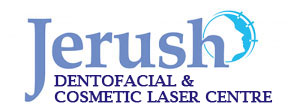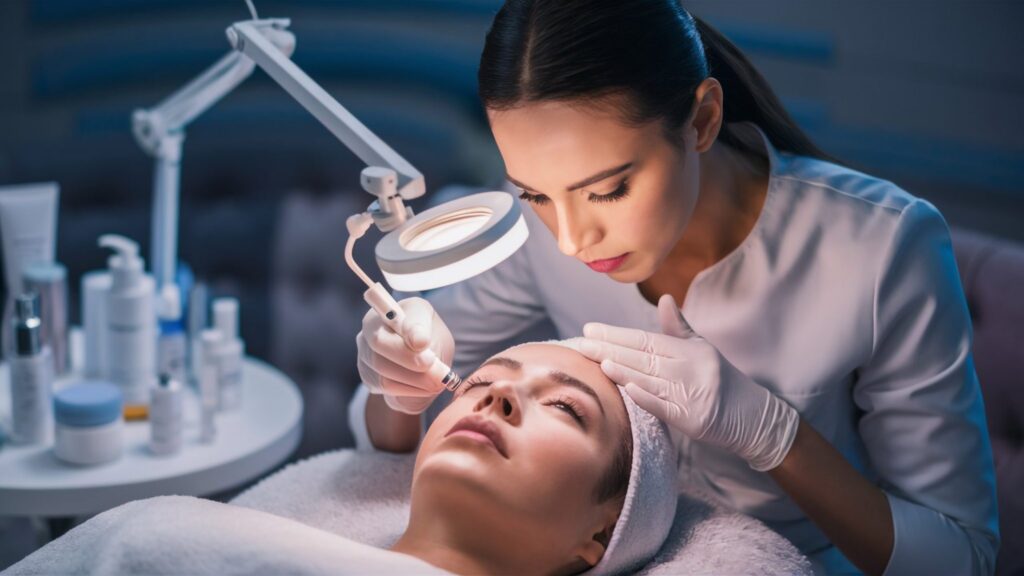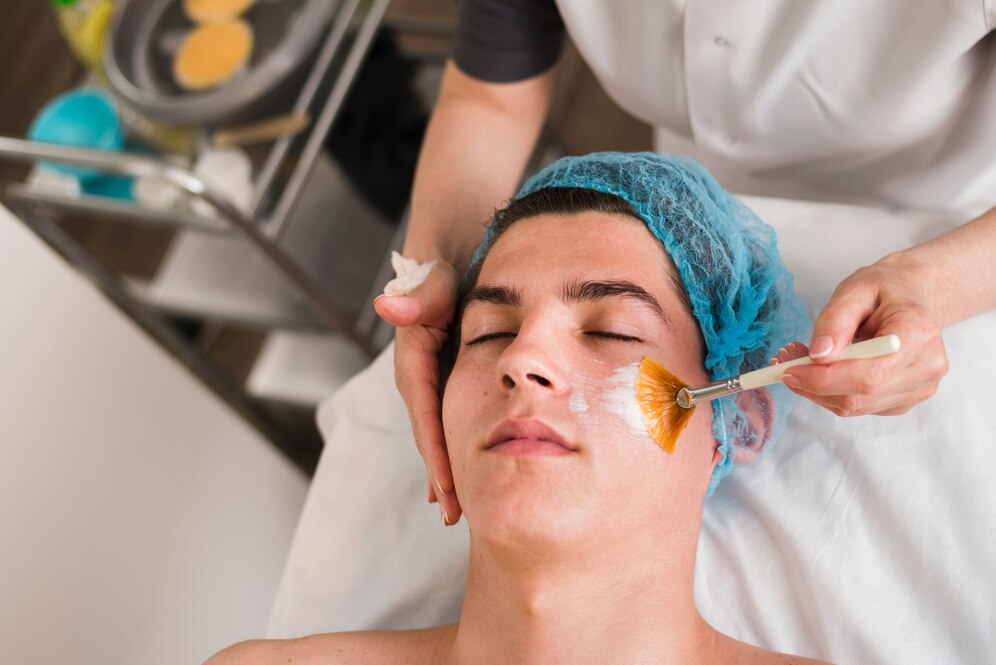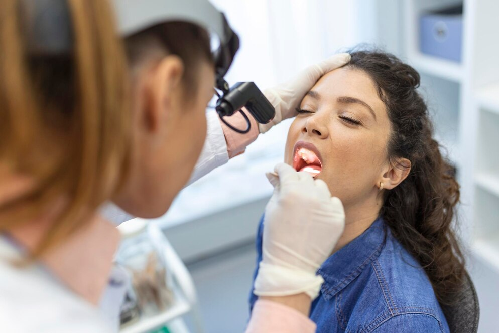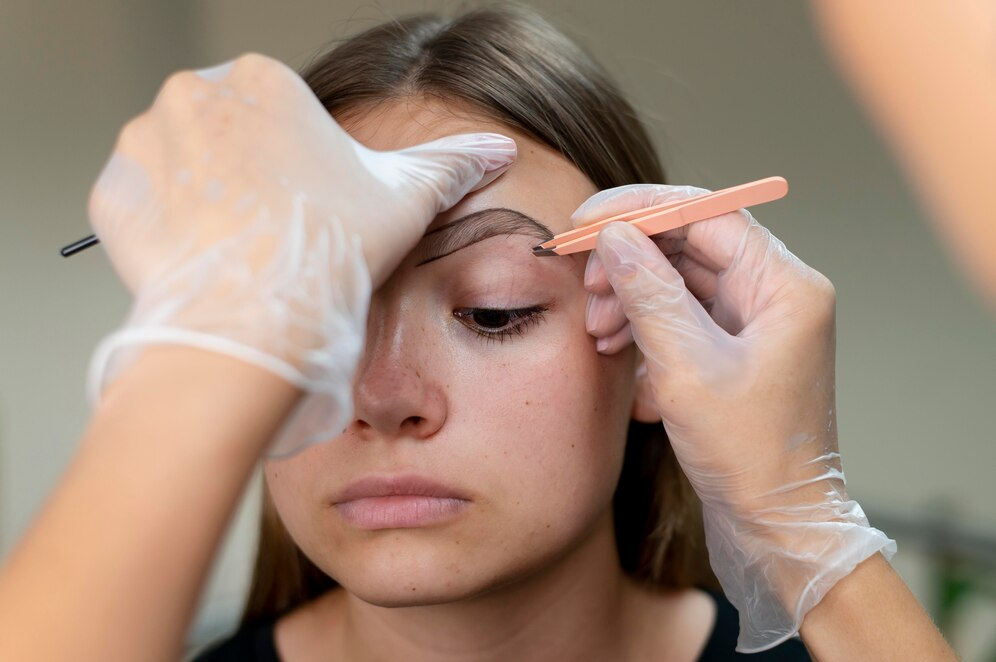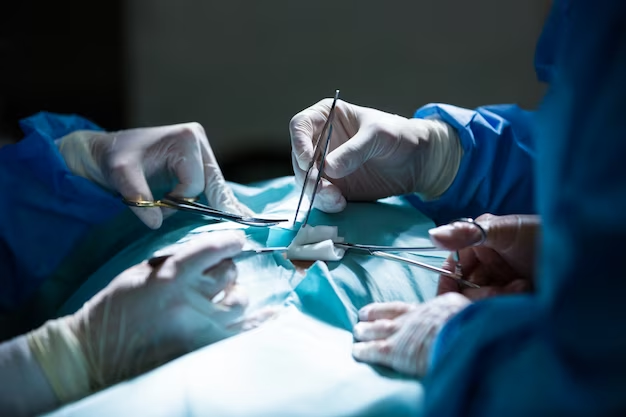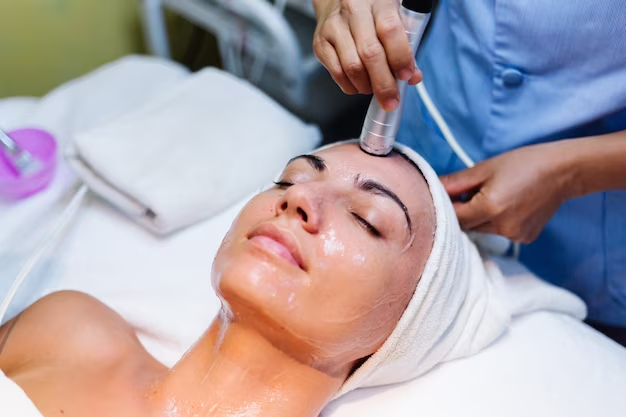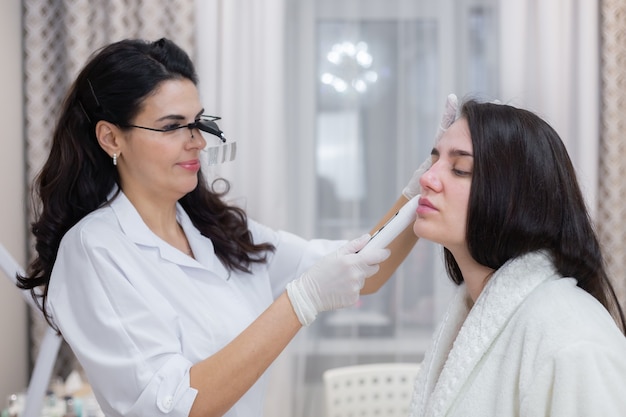
Facial scarring can have a deep psychological impact, affecting not only your appearance but also how you engage with the world. Fortunately, modern cosmetic surgery and dermatological advances offer promising ways to reduce the appearance of scars and restore your confidence once again. These range from surgical techniques to laser treatments for scar types and other skin conditions, each designed to personally suit your needs for optimal results.
This all-inclusive guide on treatments for facial scars lets you know how cosmetic surgery can transform your skin and life. It will also explore various options in different locations – Chennai and Nagercoil, amongst other specialized cosmetic surgery centres.
Understanding the Types of Face Scar
Many types of scars include facial ones, caused by acne, injuries, burns, and surgeries. During the healing of the skin tissue, a healing process initiates by producing collagen, but sometimes the body overproduced or underproduced it, and this leads to abnormal scars such as keloids, hypertrophic scars, or atrophic scars, as in the case of acne.
Every scar type needs to be treated according to an exclusive plan to make its appearance as minimal as possible. In this respect, cosmetic surgery for scars on the face plays a role in the treatment. Cosmetic surgery with advanced tools and personalized techniques can set the skin right, relieve redness, and achieve a better appearance altogether.
Cosmetic Surgery for Facial Scars: What Are Your Options?
Cosmetic surgery for scars on the face treatment course depends on the extent and location of the scar and possibly even its type. Some of the most sophisticated available treatments today are as follows:
1. Laser therapy
Laser removal is the most common scar-removing procedure on the face. The procedure involves illumination by a high-intensity beam of light that destroys or removes the outer layers of the skin or alternatively encourages the synthesis of collagen under the skin. Even hypertrophic and keloid scars are reduced in appearance as well as acne scars by laser treatment. With the treatments, patients get the care of accuracy and precision with Jerush Dentofacial and Cosmetic Laser centre.
Whether you are looking for cosmetic surgery for scars on the face in Chennai or at one of the many other location clinics that offer laser therapy as part of the treatment portfolio, usually this will need multiple sessions in order to fully achieve your goals, but so often will result in life-changing outcomes. The skin will then be amazingly smoother, the scars much lighter, and the overall complexion more even.
2. Dermabrasion
Dermabrasion is a mechanical exfoliation wherein the outer layers of the skin are removed using a revolving instrument. It is specifically suitable for acne scars and those caused by surgery or trauma. Through dermabrasion, new skin can be grown along with reducing facial scars much more significantly.
It is one of the most requested cosmetic skin treatments; however, the recovery period might include some redness and swelling. The results of smoother and scar-free skin make it a valuable option in cosmetic treatment.
3. Chemical Peels
A chemical peel is a type of skin treatment in which a chemical solution is administered to the skin, causing the outermost layers to peel off and eventually make room for new ones to form. Because chemical peels can be customized based on the degree and depth of scarring, they are beneficial for acne scars, small surgical scars, and other deeper scars.
Some cosmetic centres may offer a few choices of varying peel strengths according to your skin type and scarring. The best cosmetic surgery is possible through such non-invasive treatments that can significantly change the texture and even the tone of the skin; however, they are always used in combination with something like laser therapy to bring about the desired effect.
4. Revision of Surgical Scar
For severe scars, which cannot be treated with non-invasive treatments, surgery may be required for the revision of a scar. The procedure involves the removal of scarred tissue and finalizing the area using fine sutures, resulting in a less noticeable and smoother scar. Surgical revision is more invasive than laser or chemical treatments but often results in dramatic improvements where a scar is raised, discolored, or irregularly shaped.
Cosmetic surgery for scars on the face is available in Chennai, and many other localities, making access to more personal care closer to home convenient for those searching. These clinics make sure that every treatment plan is custom-fit to the patient’s skin type, scar type, and aesthetic goals.
5. Microneedling
This minimally invasive treatment is done with small needles that break down the skin, which stimulates both collagen and elastin production, by creating controlled micro-injuries. It is particularly useful for atrophic scars like those created by acne, as it heals the dermis from underneath. With time, microneedling significantly reduces the appearance of scars and improves the skin’s texture.
Many cosmetic laser centres offer microneedling as part of a treatment for scars. Whether you are located in Chennai or searching for cosmetic skin treatments in Thuckalay, this technology has managed to stay abreast of being modern in the approach it offers toward skin rejuvenation with minimal downtime.
Right Cosmetic Treatment for You
There are several treatments to choose from, today. Out of the numerous options, it is usually not the number of choices that seems daunting, but rather the choice of the right one. You should see a cosmetic surgeon or a dermatologist who will best guide you toward getting what you need for your requirements.
Factors to Consider When Choosing a Clinic
- Expertise and credentials: The cosmetic surgeon should be able to have experience handling facial scars with a proven success record.
- Technology: The clinic should be well-equipped with the latest technology or equipment if you want laser therapy or microneedling.
- Location: Prefer clinics that are nearer to you and have a good name in your location. For example, if you are from southern India you can find an option for cosmetic surgery for scars on the face in Nagercoil or other locations.
- Aftercare: The right clinic provides you with the proper aftercare for the skin to heal and look its best.
Recovery and Aftercare
Regardless of the treatment you choose, the recovery and aftercare process plays a major role in delivering the best outcome. All facial scar treatments require some days to a week or even weeks of healing time but may bring redness, swelling, or tenderness.
Care according to the surgeon’s advice following treatment is highly crucial for good recovery. This may involve creams to be applied as advised, avoiding the direct sun, and not picking at or peeling off scabs. A clinic for cosmetic skin treatments in Thuckalay usually gives very detailed aftercare that will ensure prolonged results.
Restoring Confidence through Cosmetic Surgery
However, facial scars are not necessarily permanent indicators of past injuries or skin conditions. Advanced treatments such as laser therapy, dermabrasion, and surgical revision can truly reduce the impact of scars on your appearance and self-esteem. Whether looking for cosmetic surgery for scars on the face in Nagercoil or planning procedures at a specialized centre, it is obvious that you should find a clinic that can offer personalized care as well as advanced technology.
The Jerush dentofacial and cosmetic laser centre provides treatment alternatives tailored to your specific needs. Depending on the type of scar or skin problem, you can have the treatments made possible by the use of lasers-including treatments for deep scars, microneedling therapy for texture improvement, and so much more.
Thus, cosmetic surgery and skin treatments enhance your appearance while boosting your self-confidence, making you feel an even better person. Knowing the various options and consulting a qualified surgeon will put you one step closer to having smoother, healthier skin and a more confident you.
Conclusion
Cosmetic surgery for facial scars has undergone a phenomenal transformation and has made beauty treatments available with minimal invasiveness and efficacy to cater to the needs of patients. Be it the best cosmetic surgery for scars on the face in Chennai, cosmetic surgery for scars on the face in Nagercoil, or cosmetic skin treatments in Thuckalay all of these have solutions under today’s advanced procedures.Having a trusted clinic like Jerush Dentofacial and Cosmetic Laser centre allows you to be assured of getting the best care and treatment. Cosmetic treatment does not just change your looks but reclaims your confidence. When choosing cosmetic surgery for scars on the face and following comprehensive care after the treatment, long-lasting beautiful results can definitely be achieved.
